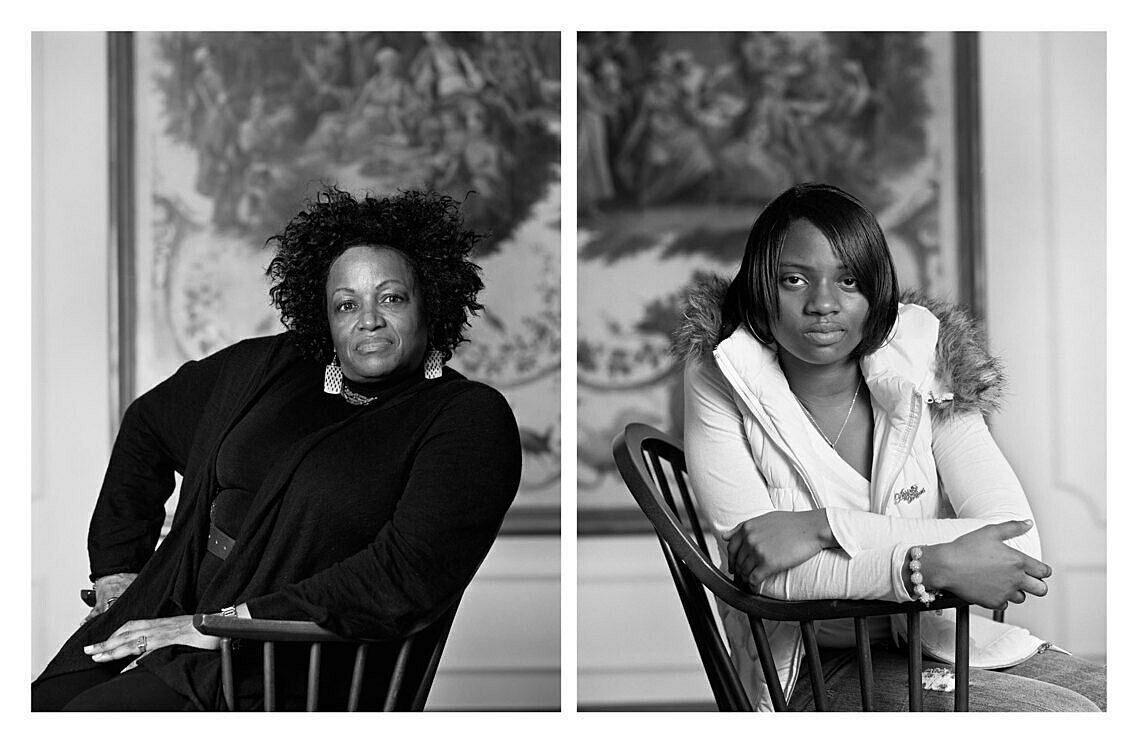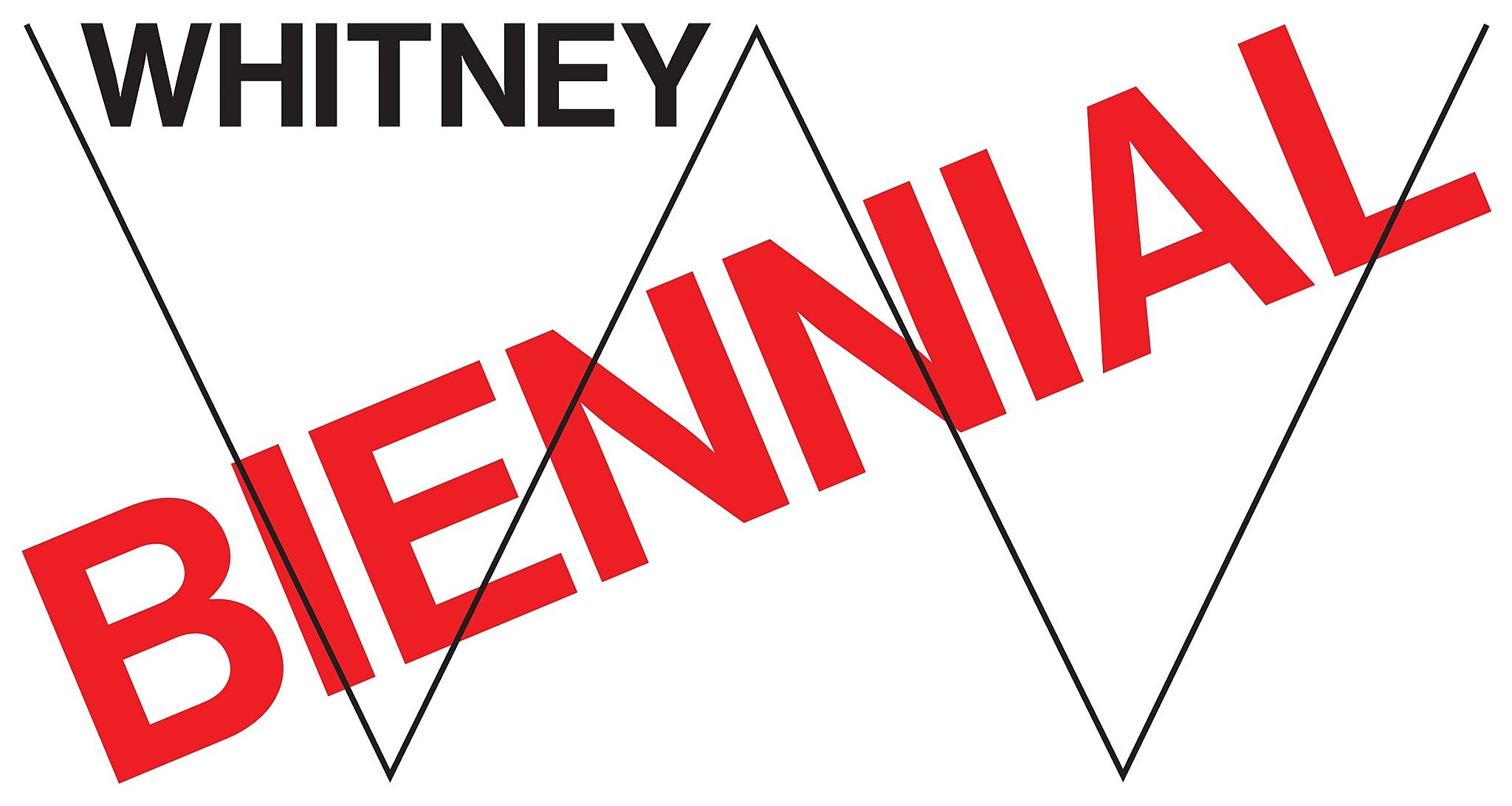Dawoud Bey
Born 1953 in Queens, NY
Lives and Works in Chicago, IL
In 2005, Dawoud Bey began regularly visiting Birmingham, Alabama, where he familiarized himself with the city, its residents, and the history of the tragic day in September 1963 when six young African Americans were killed in acts of racial violence—four girls in the bombing of the 16th Street Baptist Church and two boys in separate but related incidents.
Seven years later, at the invitation of the Birmingham Museum of Art, Bey produced a series of black-and-white diptychs, two of which are on view in the 2014 Biennial, pairing portraits of African Americans the same ages as the victims of the 1963 killings with pictures of adults at the ages that the victims would have been in 2012.
The project is in part Bey’s response to seeing, almost fifty years earlier, a black-and-white photograph of bombing survivor Sarah Jean Collins, confined to a hospital bed, her face mangled. The image had immediately gripped the young Bey, who, as an African American child, understood that it could have been him lying there.
When he returned to Birmingham to produce these new photographs, Bey staged his portraits in two locations—the Bethel Baptist Church, which occupied a central role in the Civil Rights movement, and the Birmingham Museum of Art, which in 1963 instituted a weekly “Negro Day” when African Americans were allowed to view its exhibitions.
On View
Fourth Floor
Dawoud Bey’s work is on view in the Museum’s fourth floor galleries.


